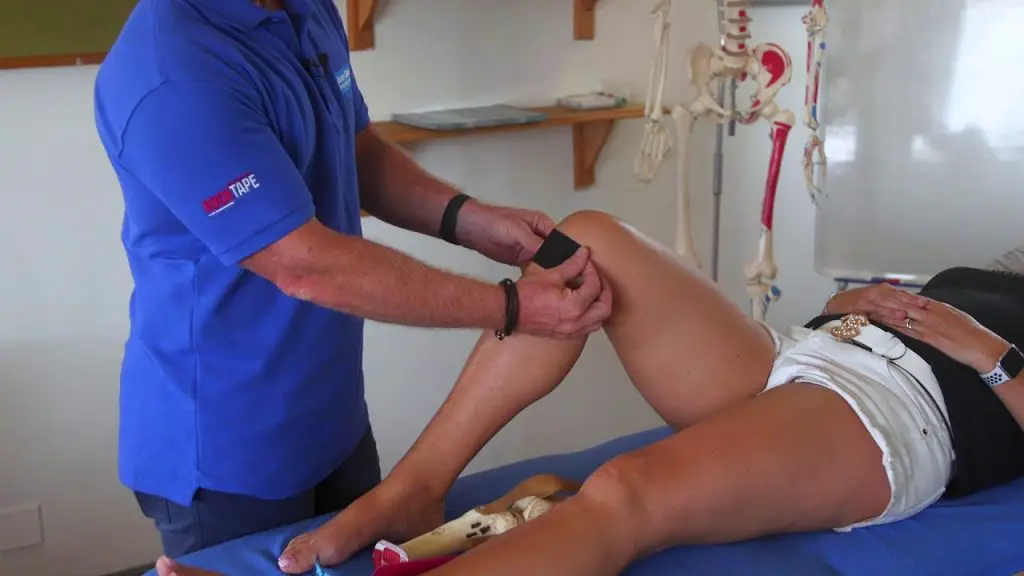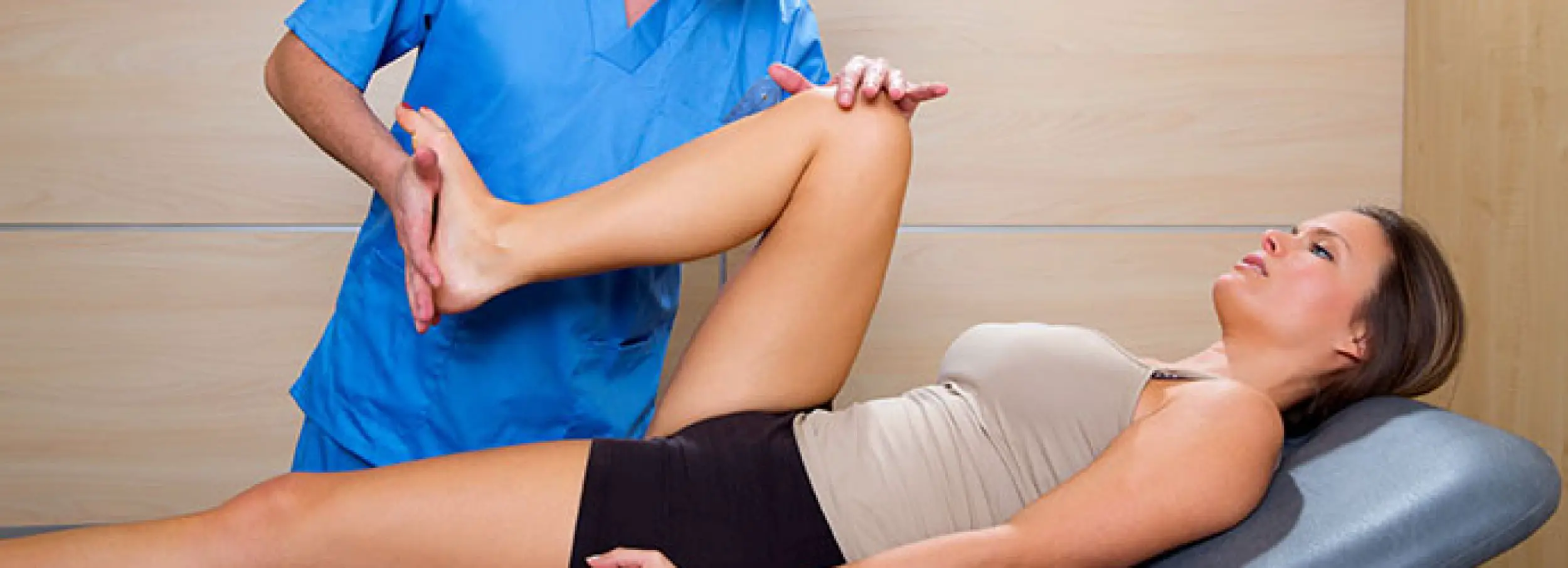The Patellofemoral joint is located between the patella and the femur. With a similar name, the patellofemoral syndrome is a joint pain problem in this articulation. It is also known as jumper’s knee or runner’s knee. It is a common complaint in the elderly and active individuals as well.
The knee joint features a central structure known as kneecap, which is a cartilage surrounded by ligaments that attach the knee to the bone. Other structures of the articulation include the tendons of the muscles, as well as vessels and nerves that pass around the area. Due to the excessive pressure on the knee joint and in cases of alignment problems of the patella, the whole structure becomes affected and causes a type of pain known as patellofemoral syndrome.

Causes of the patellofemoral syndrome include:
- Overuse of muscles, especially in athletes where much pressure is maintained over the knee joint
- Weakness of muscles and ligaments due to genetic diseases, a poor diet or any chronic disease
- Road accidents or any trauma to the leg or after surgery.
Symptoms of patellofemoral syndrome
The main symptom of this syndrome is a dull pain in front of the knee, which occurs on different occasions and different forms:
- Pain during exercise: Repeated exercise, as in climbing stairs, running in soccer and squatting put excessive pressure over the knee joint, and repeated movement might disturb the alignment of the articulation. The nerves around the knee joint get irritated and cause pain.
- Pain while bending the knee: Bending of the knee for a long time creates long-standing pressure over the kneecap and cause pain, which is more common in the elderly. It is usually felt after enjoying a movie at home, sitting in a position where your knees are flexed. It may also happen after sitting in an aeroplane or a cinema.
- Pain after standing up after a long time: When the knee joint is maintained on a standing position for a very prolonged time, the nerves around the patella get compressed and cause pain. This may also lead to reduced movements of the knee after standing up from a fixed position.
- Crackling sound produced during exercise: People suffering from such problems complain of a popping sound that comes up during exercise activities or while bending the knee. When the joints are in movement, there is gas building up in the joints, and tiny bubbles are formed in the synovial fluid. When these bubbles burst during activity, a crackling sound is produced. This is a normal phenomenon, but it becomes more common in patients with arthritis and joint or ligament injuries.
Is there a way to relieve the symptoms of Patellofemoral Syndrome?
Prevention is by far the better cure, and this is especially true in cases of patellofemoral syndrome. It is a very annoying disease that may not be crippling but is temporarily disabling. Once the symptoms of this syndrome start appearing, there are ways to find some relief. Pain symptoms can be relieved by two methods: either by medications or physical therapies. The medicines that are used to alleviate the symptoms include NSAIDs and other drugs.
Non-Steroidal Anti Inflammatory Drugs provide pain relief and improve swelling in the articulation, two common problems that result from excessive tearing of the cartilage that covers the knee joint. It depends on the severity of the disease and how badly the alignment of the knee joint is disturbed. If the knee joint has been damaged and the pain is not improving by anti-inflammatory medications, the surgical option can be taken into consideration.
There are various other options, such as using splints and knee braces to keep the knee joint aligned and not let it move due during moments of pressure. However, medications give short-term relief, and more long-term relief can only be found by preventing pressure increases in the joint, having proper rest, and completing your physical therapies.
Is there a way to cure the patellofemoral syndrome?
The cure for this syndrome depends upon the age of the patient and the severity of the problem. In cases of older patients, when the joints have started eroding, curing the patellofemoral syndrome may not be possible with physical therapy and other means. But in sportspeople in their young age, recovery is very likely, and start they can start performing again after a while.
The symptoms of the patellofemoral syndrome can subside without medications, too. The RICE method is a well-known approach that is applicable in people with the patellofemoral syndrome. RICE stands for Rest, Ice, Compression, and Elevation.
- Rest is the first thing we should do when we get this type of pain.
- It should be followed by using ice packs to reduce muscle spasm and swelling in the joint.
- Compression around the painful area alters the pain pathways and minimize the symptoms.
- Elevation of the affected area reduces swelling by promoting a faster blood return to the heart.
Besides the RICE method, comfortable footwear can be useful to prevent further damage to the knee joint. Knee braces and splints may also provide some relief from dull aches during physical activity and may be used at rest, too.
In a nutshell, the complete cure of the patellofemoral syndrome depends on the age of the patient, the condition of the kneecap, and the severity of the injury. In some patients, the symptoms may go away by their own, with appropriate rest, or applying the RICE method. Other patients may require surgeries to get their patella aligned. In every case, the use of anti-inflammatory medications can help in relieving pain, but physiotherapy will be much more helpful on the long-term to controlling the symptoms of this annoying joint syndrome.
References:
Dixit, S., Difiori, J. P., Burton, M., & Mines, B. (2007). Management of patellofemoral pain syndrome. Am Fam Physician, 75(2), 194-202.
Crossley, K., Bennell, K., Green, S., & McConnell, J. (2001). A systematic review of physical interventions for patellofemoral pain syndrome. Clinical Journal of Sport Medicine, 11(2), 103-110.
Petersen, W., Ellermann, A., Gösele-Koppenburg, A., Best, R., Rembitzki, I. V., Brüggemann, G. P., & Liebau, C. (2014). Patellofemoral pain syndrome. Knee surgery, sports traumatology, arthroscopy, 22(10), 2264-2274.
